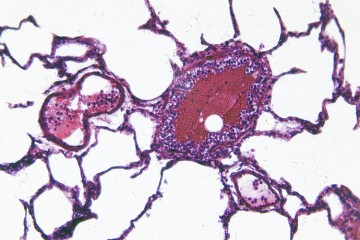CRACK IT Challenge
NephroTube: toxicity screening with a human renal cell line in a perfused titerplate

At a glance
Completed
Award date
July 2014 - December 2017
Contract amount
£999,975
Contractor(s)
Sponsor(s)
R
- Replacement
